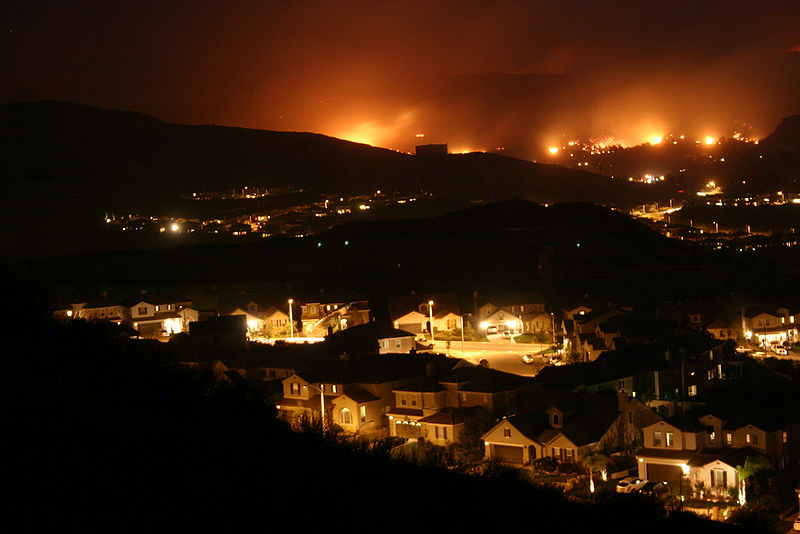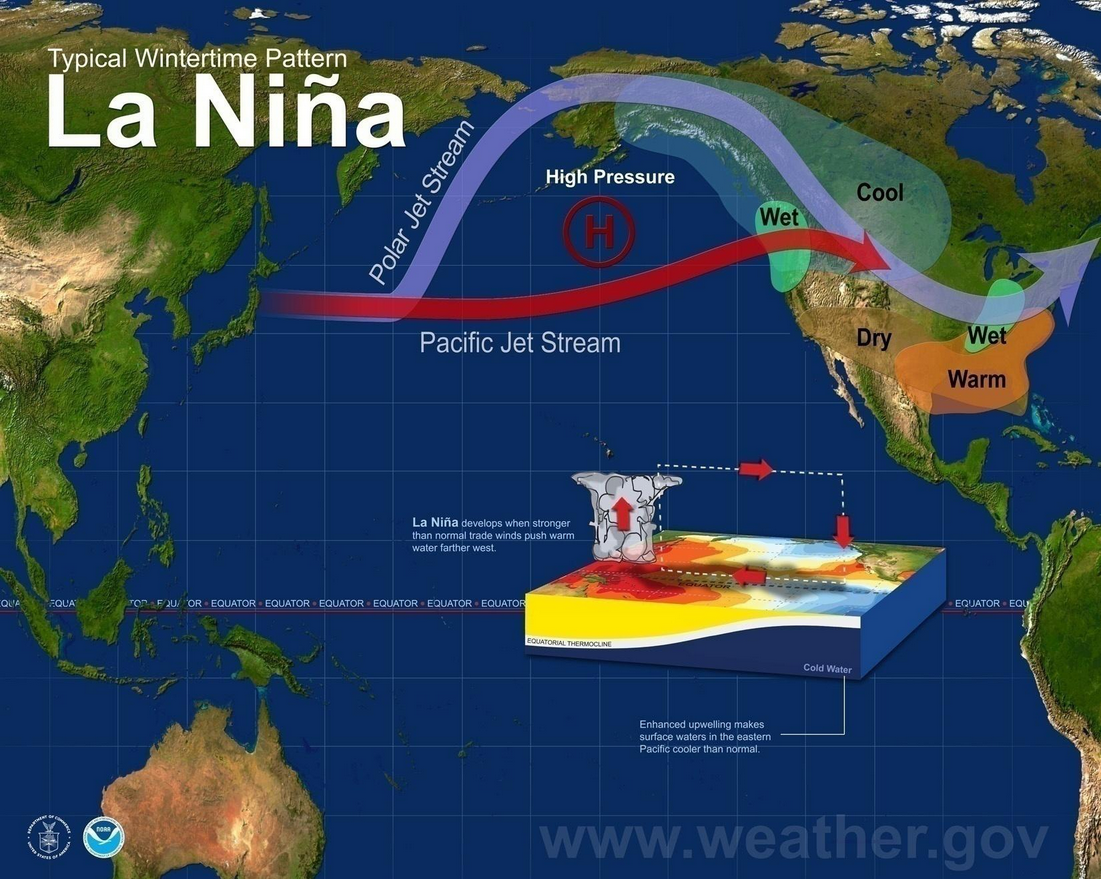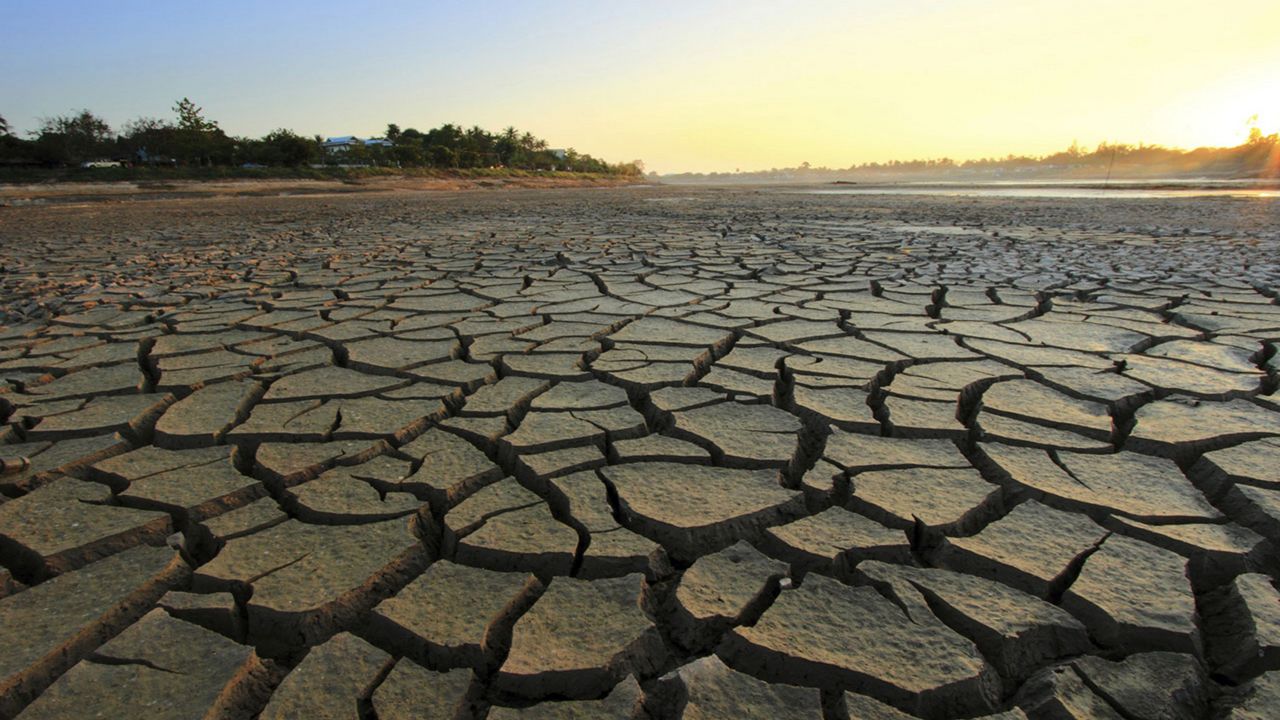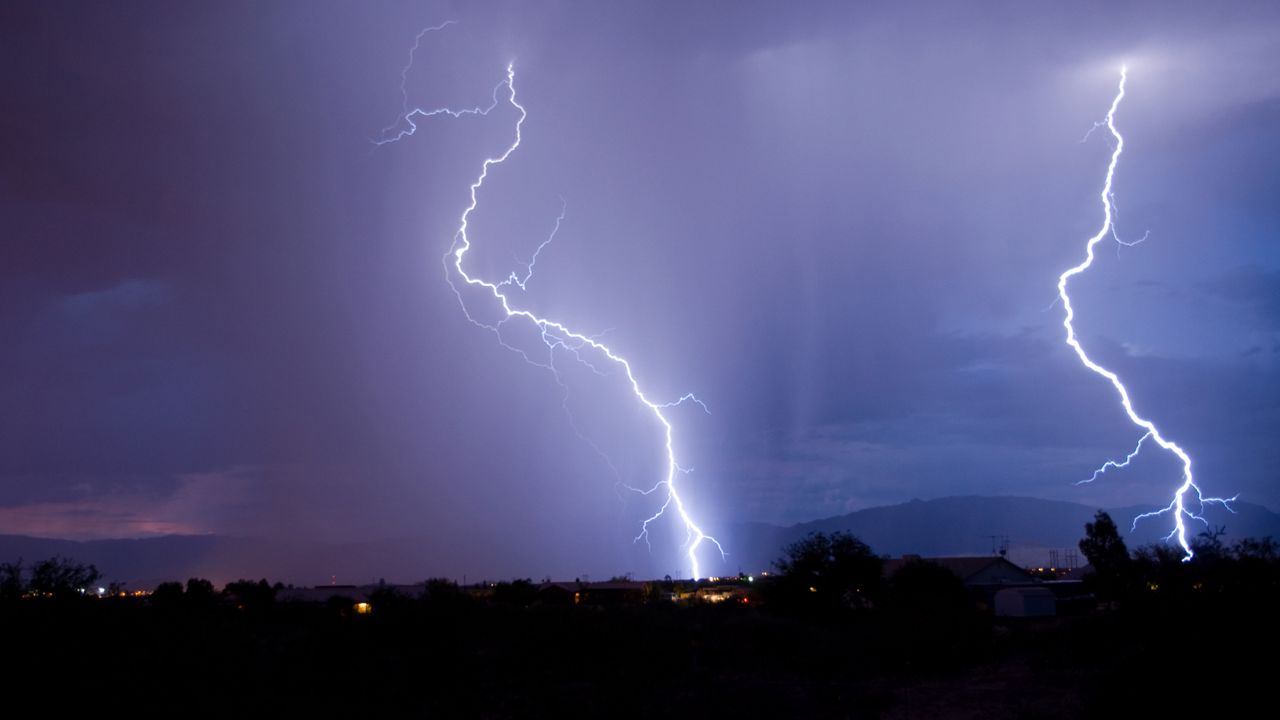It looks more and more likely that we'll wrap up 2020 experiencing the worst drought nationwide since 2013. Nearly 60 percent of the continental US is experiencing either abnormally dry conditions or some level of drought.
What You Need To Know
- Many areas across the country have experienced flash droughts this year
- Monsoon season under-delivered needed rain for the Desert SW
- California wildfires have been out of control due to a lack of rain as well
- A winter La Nina weather pattern may also hurt our chances of rain
As of mid-October, the driest regions include the Desert SW, Great Lakes, and the Northeast. Many other areas across the lower 48 have experienced frequent "flash droughts" this year as well.
Flash drought is a short period of warm surface temperature coupled with low soil moisture and together can be damaging and destructive to crops.
This has been a big issue for many areas in Pennsylvania and New York, as well as much of the Central Plains and Pacific Northwest.
One part of the country not experiencing dry or drought conditions is the Southeast; the large number of tropical systems during hurricane season has made sure of that.
The dry conditions typically intensify when large domes of heat locking in high pressure create a situation where much of the US can't get measurable rainfall. 2020 moved the jetstream far north, which helped keep that needed moisture away.
This "heat dome" not only kept much of the country dry but also brought in searing temperatures; weeks in the 90s proved devastating for farmers around the country.
One area in particular that has been hard hit by drought is the Desert Southwest. While the late summer/early fall monsoon season usually makes up for it, this year, the season has been lacking.
High pressure helps bring is westerly winds but has been positioned further south than usual. Combine that with extremely hot temperatures, and it's no wonder that the Four-Corners states have been suffering.
Many areas across Colorado, Utah, and Nevada, made it through the summer with less than 0.10 inches of rainfall. Las Vegas went from mid-April through mid-August with no measurable rain whatsoever!
Warmer than average late winter temperatures and a lack of seasonal snow left much of the Rockies in a drought this year.
The thought? A large ridge of high pressure over the Pacific Ocean helped send the jetstream further north, which in turn sent the rain up and around much of the area.
One possible piece of good news is a very early-season drop in temperatures left some areas with over a foot of snow in September. This is more than some areas got in several months this past winter.
We'll be watching the winter jet in perhaps a sign of things to come within the next few months. (fingers crossed)
Perhaps the most devastating drought-related weather news of the year so far has been the California wildfires.
Being in the news for months, not only have acres upon acres been destroyed, but lives, property, and in some cases, entire townships have been wiped out.
Add to that the fact that California sealed in the hottest September on record, things at times have looked bleak for the Golden State.

Dry, northerly winds kept the areas near San Francisco parched for much of the late summer and early fall, while strong Santa Ana winds helped keep southern California under critical fire conditions.
California experienced the driest spring and summer in over 125 years, with moderate to extreme drought seen across the entire state.
La Niña will no doubt play a part in how the end of 2020 and the beginning of 2021 fares with drought. La Niña is when sea surface temperatures in the central and eastern Pacific are below average.
Winds over that area strengthen and cause rainfall to decrease over the central and eastern tropical Pacific and increase over the western Pacific (among other regions).
If this does happen, we're looking at a continued bad situation for the southwest. But, wetter conditions would help alleviate fire and drought concerns across extreme northern California.

La Niña also helps to weaken wind shear in the eastern Caribbean and can lead to increased hurricane formation, something we've seen much of this season.
With extreme weather events happening, and drought being one of the most detrimental for many, we can do our part to minimize human contributions to the problems. We can be careful when burning anything outdoors and conserving rain and water resources when we can.






